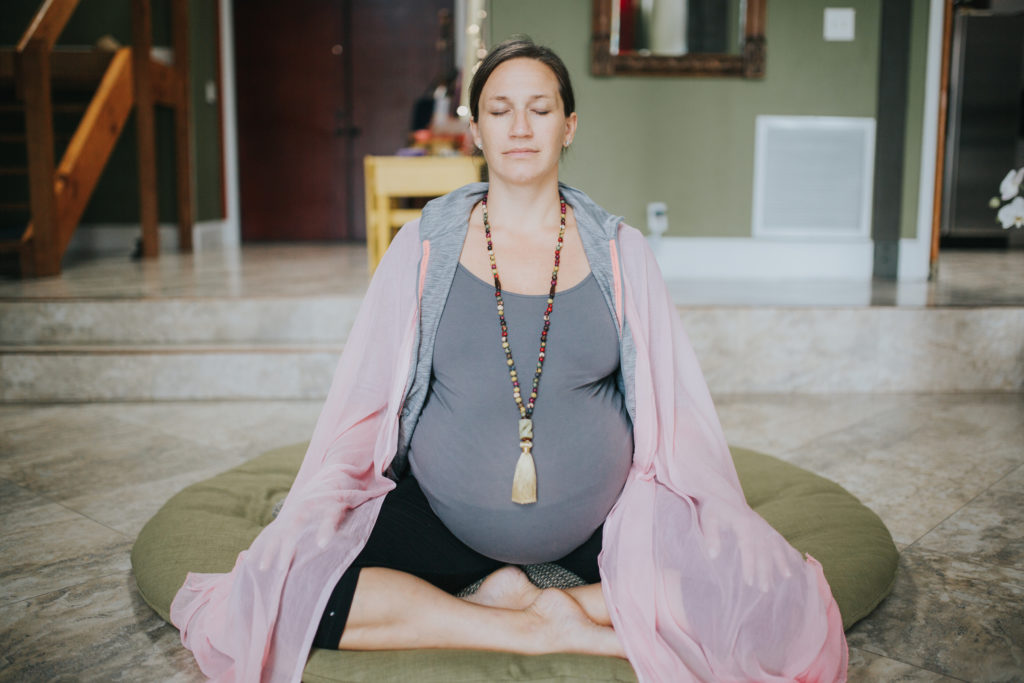If you’re considering a natural pregnancy and birth, you’ll probably want to add home or birth center water birth to the list of topics you and your husband are studying. While this process of giving birth in a carefully controlled water tub has been slow to catch on in hospitals, more of them are offering this service to expectant mothers than ever before. This is largely because of the overwhelming benefits of a water birth for both mother and baby, which are listed below.
Pain Management
The decrease in delivery pain provided by a water birth is second only to a hospital’s epidural anesthesia, which means that it’s extremely effective in reducing mom’s pain. Having a water birth is a better way to control pain than using any type of pain medication (except the epidural), and it’s undoubtedly the healthiest way. So if you’re hesitant to use drugs or anesthesia during your birth process, rest assured that you can avoid these potential dangers while keeping your pain under control naturally.
Avoidance of Epidural Anesthesia
Many moms-to-be decide against epidural anesthesia for a variety of reasons. A lot of those reasons have to do with the negative effects of an epidural on both mother and baby, so having a home or birth center water birth will enable you to avoid these effects entirely. Here are some of the complications linked to epidurals, all of which are less likely to occur in water births:
- Decreased uterine function and longer births
- Increased rate of operative deliveries (c-sections and use of forceps or vacuum extraction)
- Unsuccessful positioning of the fetus for normal birth, most likely caused by the epidural’s tendency to impede the mother’s pelvic muscle function
- Mother’s hypotension (low blood pressure), which can cause a dangerously low fetal heart rate
- Mother’s fever during labor, which often results in antibiotic treatment and longer hospitalization for the baby
- Mother’s inability to move or walk during labor, feel contractions, know when to push, and help the birth process along by using pelvic muscles.
Decreased Potential for Tearing
Women who give birth in the water have fewer tears occurring during the birthing process. This results in fewer stitches and a faster recovery time after delivery. The decrease in tears is most likely due to the mother’s ability to relax more successfully in the water.
Better Mobility & Relaxation for Mom
Even when a new mom has been pregnant for what seems like an endless number of months and has dealt with the difficulty of moving her larger body through space, water has the effect of helping her feel mobile, comfortable, and even graceful again. That “weightless” feeling that results from being partially submerged in water helps her move throughout labor and delivery, enabling her to provide more assistance to the baby moving through the birth canal. The relaxing effects of a warm bath also help mom to feel less pain and stress, making the birthing process more comfortable for her and the baby.
Faster Birth with Fewer Complications
In the end, having a water birth means fewer complications (like c-sections and other drastic interventions) and tends to speed up the delivery process naturally. Because mom can control her muscles and respond to her contractions without feeling as much pain as she would with a “dry” birth, she can provide more pushing force to help the baby emerge faster. A shorter labor and delivery period can mean less pain, stress, and recovery time – what mom wouldn’t want that?
If you’re considering a water birth, your next step is to find a local birth center that provides this service or a midwife and doula who can come to your home, then find out about the processes and policies involved for each option. This can help you decide for certain whether or not you’re interested in having a water birth.

